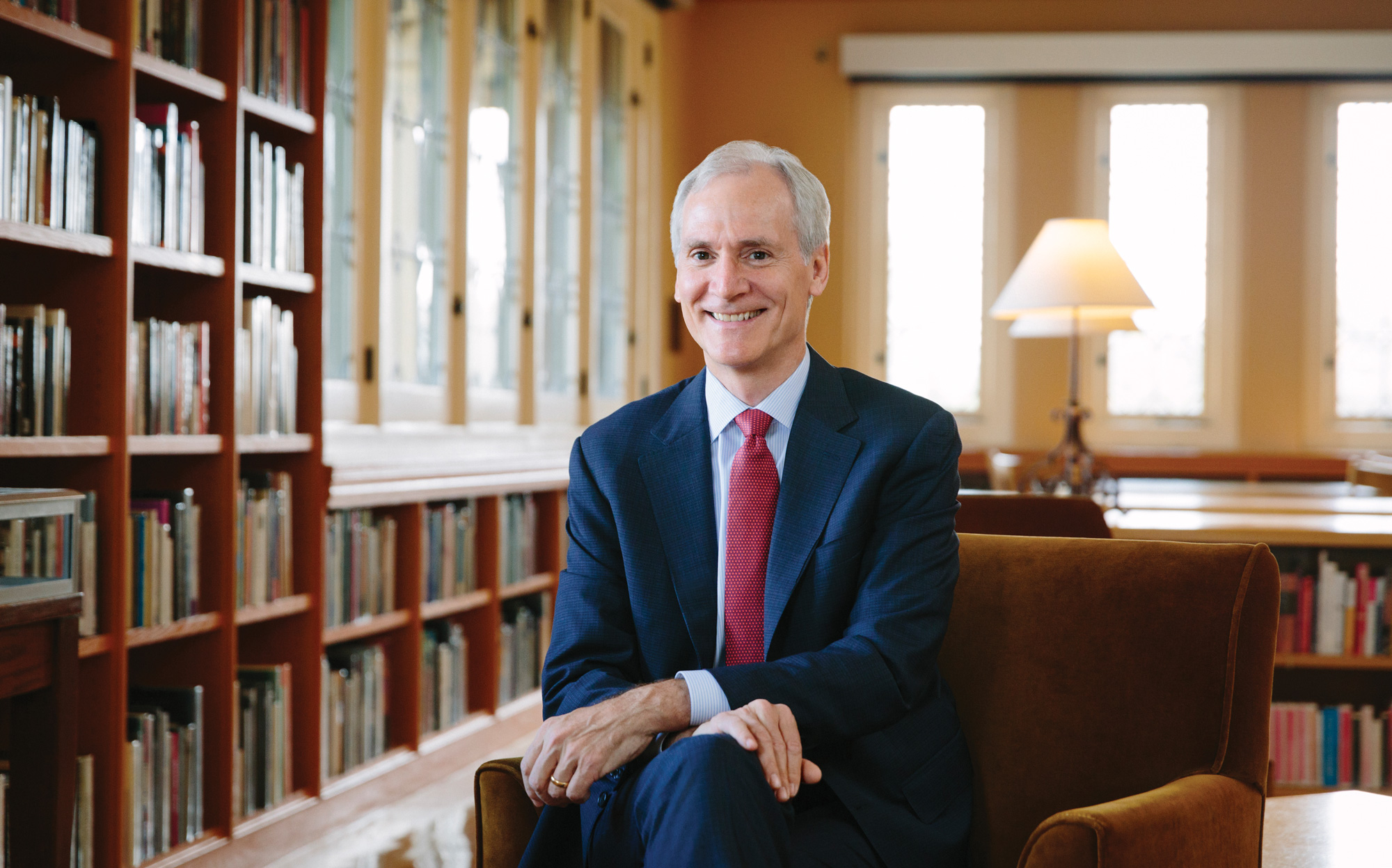In mid-May, we celebrated an important milestone when Frost Amphitheater reopened for the Annual Frost Festival. Frost has a storied history at Stanford, and I know many of you have cherished memories there. Since it first opened in 1937, Frost has hosted musicians as varied as Ella Fitzgerald, the Grateful Dead and Modest Mouse.
Frost closed in 2016 for extensive renovations, reopening this spring with a state-of-the-art stage, better accessibility and modern amenities. Frost is part of the fabric of Stanford University, and I am delighted that a new generation will have the experience of hearing music echo through its grounds.
Frost’s renovation is just the latest in a Stanford arts renaissance that has been several years in the making. Frost is located adjacent to Bing Concert Hall, which opened in 2013 in the University Arts District. In 2014, we opened the Anderson Collection, which hosts a superb selection of 20th-century American art. The McMurtry Building for the Department of Art and Art History opened in 2015. These facilities join the Cantor Arts Center, the Roble Arts Gym, and other venues and galleries around campus that provide arts resources for our students, faculty, staff, and the broader community, who enjoy free public admission to our museums.
With these remarkable facilities, Stanford is a growing destination for artists. In the 2018-19 academic year, we’ve hosted nearly 250 visiting artists on campus. In addition to our regular visiting artists programs, this year my office helped launch the Stanford Presidential Residencies on the Future of the Arts, bringing world-renowned artists to campus to engage with the multidisciplinary strengths of the university. One of the inaugural Presidential visiting artists, Kahlil Joseph, is currently exhibiting work he incubated at Stanford at the prestigious Venice Biennale, to rave reviews.
We are committed to maintaining a robust arts program because it’s clear how essential it is not just for art students, but for students in every school and discipline. The arts take us out of our everyday experiences—they inspire us to think deeply and connect in new ways with the world around us. They provide insight into our everyday lives and open us to new perspectives and points of view. They stretch our imaginations, and speak to our innermost feelings and emotions.
Under our long-range plan, we’re exploring new ways to emphasize creative expression in undergraduate education, deepen the roots of the arts at Stanford, and increase opportunities for artistic practice and engagement. We’re also strengthening connections between the arts and other disciplines to bring artistic perspectives to bear on emerging issues in our world.
Last January, I visited the Cantor museum to view its collection of art in storage, as I wanted to display a piece in my office that would highlight the legacy of the arts at Stanford. The Cantor director, Susan Dackerman, introduced me to a wonderful selection of paintings, but I was immediately drawn to a large piece by the late Frank Lobdell, an abstract expressionist associated with the Bay Area Figurative Movement who served as a professor of art at Stanford for 25 years.
The piece, Winter I, is bright, colorful and joyful, with connected geometric figures that convey a sense of movement and whimsy, like an elemental Rube Goldberg machine whose purpose remains mysterious. It lifts my spirits daily and has become a wonderful conversation piece for visitors to my office. It also serves as a continual reminder to me of Stanford’s rich history in the arts, the outstanding artistic talent of our community, and the importance of maintaining our commitment to the arts in the years to come.
Marc Tessier-Lavigne is the president of Stanford University.



